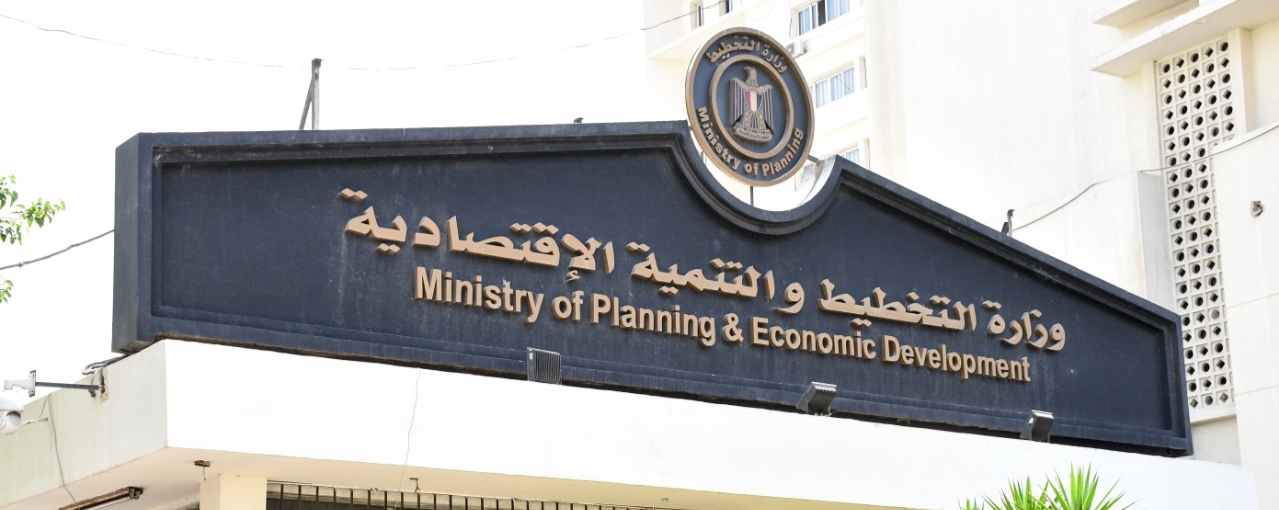Planning Ministry concludes a capacity building workshop on poverty dynamics

30 April 2021
The Ministry of Planning and Economic Development concluded the workshop held by the Ministry to build capacity on the dynamics of poverty, on the 27th and 28th of April, by default, through the Zoom app.
The workshop was held in the presence of Dr. Reham Rizk, Director of the Modeling Unit at the Ministry, and with the participation of Professor of Economics Dr. Heba Nassar from the Faculty of Economics and Political Science and Dr. May Jadallah, Professor of Statistics at the Faculty of Economics and Political Science and Director of Statistics at the Economic Research Forum, as well as a group of the Ministry of Planning and Economic Development team.
Dr. Reham Rizk, director of the modeling unit at the ministry, explained that the workshop comes within the framework of cooperation between the Ministry of Planning and Economic Development and UNICEF Egypt under the title "Leave no one behind (LNOB) " to analyze poverty dynamics using national data by examining income, spending and consumption to determine the factors that affect entry or exit from poverty.
Rizk asserted that some results and proposed policies have been reached and discussed in the workshop.
Rizk added that the capacity building workshop relies on two main reports that provide analytical research to monitor the drivers of the transition to poverty and exit from it and weaknesses in Egypt during the period between 2015-2018 as a follow-up to a previous study of the same moves during the period between 2013-2015.
Dr. Reham Rizk explained that the first report provided an analysis of the dynamics of poverty at the macro level, while the second report analyzed the dynamics of poverty at the regional level during the period between 2015-2018 compared to 2013-2015, by creating a dashboard at the national level, and quantitative analysis using Dashboard, transition matrix analysis, and determinants.
The workshop also focused on the need for people who suffer from persistent poverty, or those who move into the circle of poverty in and out, are the main focus of anti-poverty policies, as realizing the characteristics of those suffering from poverty, and the conditions and mechanisms associated with entering and exiting poverty contribute to familiarizing governments with dynamic poverty and options for reducing persistent poverty.
The workshop included identifying the most important causes that lead to sliding into or out of greater levels of poverty, which are represented in the fertility rate, the percentage of children in the family less than 18 years old, in addition to the presence or absence of health insurance.









